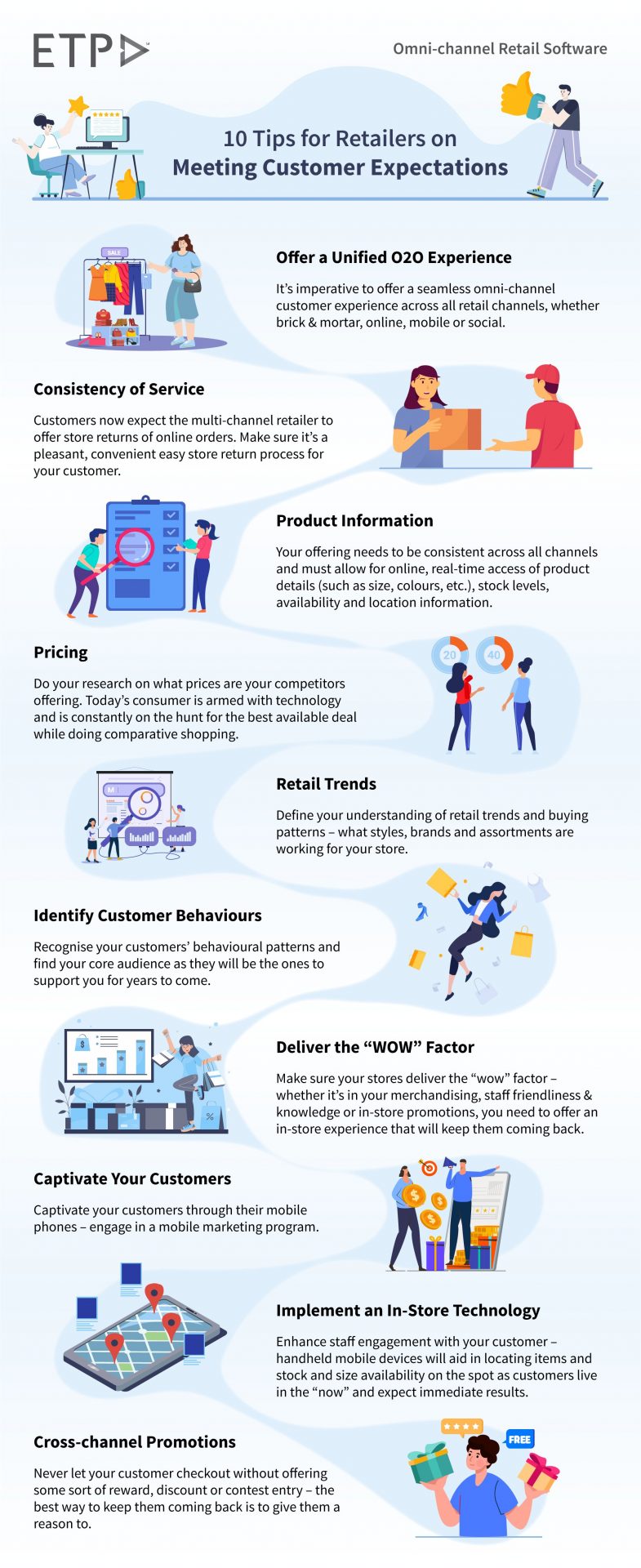
The global sporting equipment and athleisurewear market size was valued at USD 170.94 billion in 2021 and is expected to expand at a compound annual growth rate (CAGR) of 6.6% to $267.61 billion in 2028. The increased passion for sports and outdoor recreational activities among the world’s young population is predicted to fuel the demand for athleisure gear over the forecast period. One of the primary aspects driving this trend is a rise in consumer fitness and health consciousness, which is generating the demand for comfortable and fashionable clothes.
Wellness has progressed from a niche lifestyle choice to a new status symbol and expression of personal beliefs that transcends many industries, from luxury travel to high-end beauty and fitness. Luxury fashion has been significantly affected by streetwear athleisure trends, which are motivated by current consumers’ need to mix comfort and style. To tap into the booming athletic sector, luxury labels are launching new sporting items ranging from sneakers to leggings and gym accessories. More luxury fashion options that are both comfortable and stylish are desired by today’s consumers.
Ever since the pandemic spread across the globe, consumers have become more concerned about their health and are adopting healthy life habits. Thus, with lockdown measures in place, yoga studios, gyms, health clubs, and other settings where in-person group sessions used to took place were shut down or temporarily closed, which encouraged fitness enthusiasts to take up online base home classes. This increased the demand for activewear apparel.
Manufacturers are launching new products made using strong, durable, and quality materials. The availability of such sports apparel with enhanced properties including temperature control, moisture management, and other performance-boosting characteristics that prevent potential injury and discomfort has captured consumers’ interest. With all of these unique features, consumers are willing to pay more for such additional benefits. This, in turn, has propelled consumer habits to wear athletic apparel during their leisure period.
An increasing number of women taking membership in sports activities and growing participation in fitness clubs are also contributing to the growth of the market. Leggings form an essential component of athleisure wear today, since they are multi-purpose and can be easily worn as activewear as well as casual wear. Over the forecast period, leggings are projected to register a CAGR of 8.6%.
With more people are working from home than ever before and not having to dress up for work, consumers are mostly preferring to work in sweats, pajamas, and athleisure. Since the start of the COVID-19 pandemic, 14% of consumers have purchased comfortable clothing, such as pajamas or athleisure.
In terms of distribution and deliveries, the offline segment dominated the market and held a revenue share of over 60.0% in 2021. The online segment is projected to expand at the highest CAGR from 2022 to 2030. The fashion business is undergoing seismic shifts as a result of digital innovation, increased globalization, and changes in consumer buying habits. Businesses are making use of online purchasing and the ease of social media marketing to create celebrity collaborations that can aid a brand’s discoverability as celebrities frequently share products on social media channels.
Retailers in this segment experience that a delay in shipment of goods is the primary reason for a decrease in sales. The rising number of counterfeit products in footwear, clothing, and others is hampering market growth in this segment.
ETP Group has been enabling several major Sports Goods and Atheleisurewear retailers in the Asia Pacific region to delight their customers with a higher order fulfilment percentage and have a higher inventory turnaround with real-time inventory sync across channels.
Learn more how ETP is doing this: https://www.etpgroup.com/industries/sports-goods/
Following are some of the benefits ETP has repeatedly delivered to the sports goods and athleisure industry:
- End-to-end integrated solution from online to offline that provides an improved brand and shopping experience to customers.
- Promotions management tool helps in swiftly rolling out new promotions to stores centrally & helps improve sales. Seamless promotions customer experience online & offline.
- Integration with legacy ERP systems ensures smooth and hassle-free flow of information to stores & back to the Finance & BI system.
- Real-time inventory visibility across all stores.
- Automated payment gateway integrations at store leading for higher accuracy of transactions & faster checkouts.
- Offering a true omni-channel experience to customers in terms of Click & Collect, Click & Deliver and Endless Aisle. This improves brand position and leads to increased sales.
- Drive footfalls to offline stores and upsell leading to increased sales.
- Optimal utilization of inventory across channels helps increase margins.
- Improved customer relationship management leading to insights into customer buying behavior & pattern and increased sales opportunities.
- Building a loyal customer database leading to a strong foundation for continued sales growth.


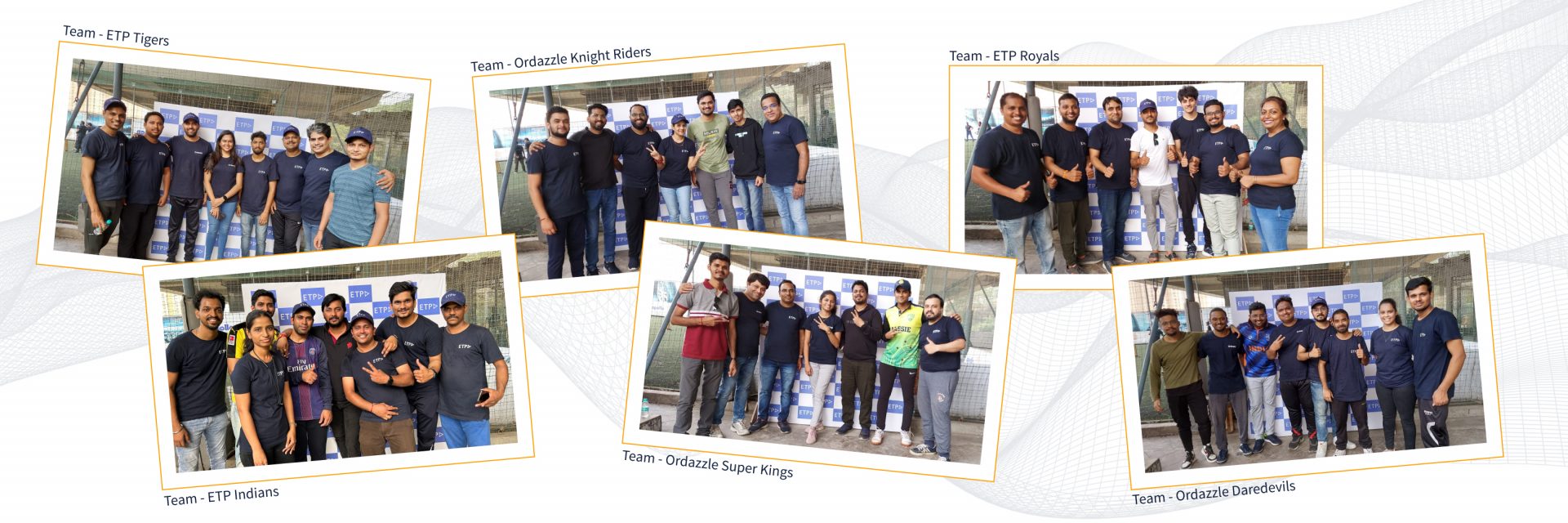



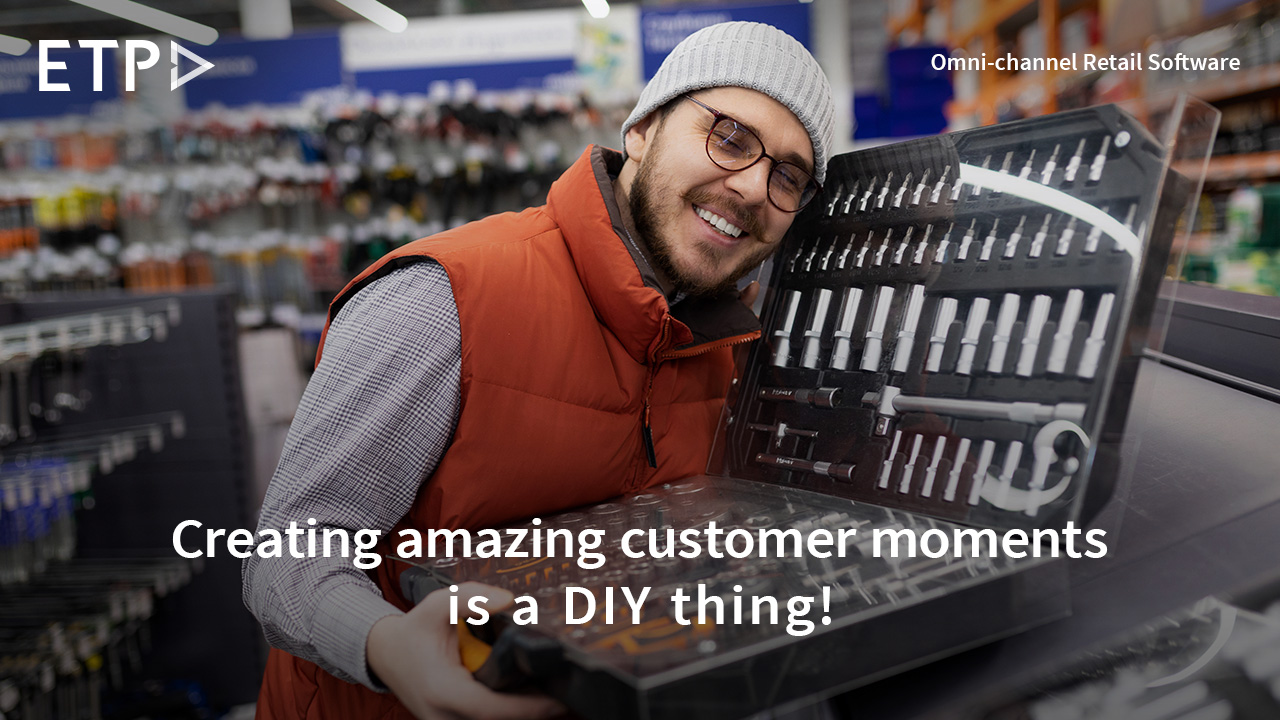
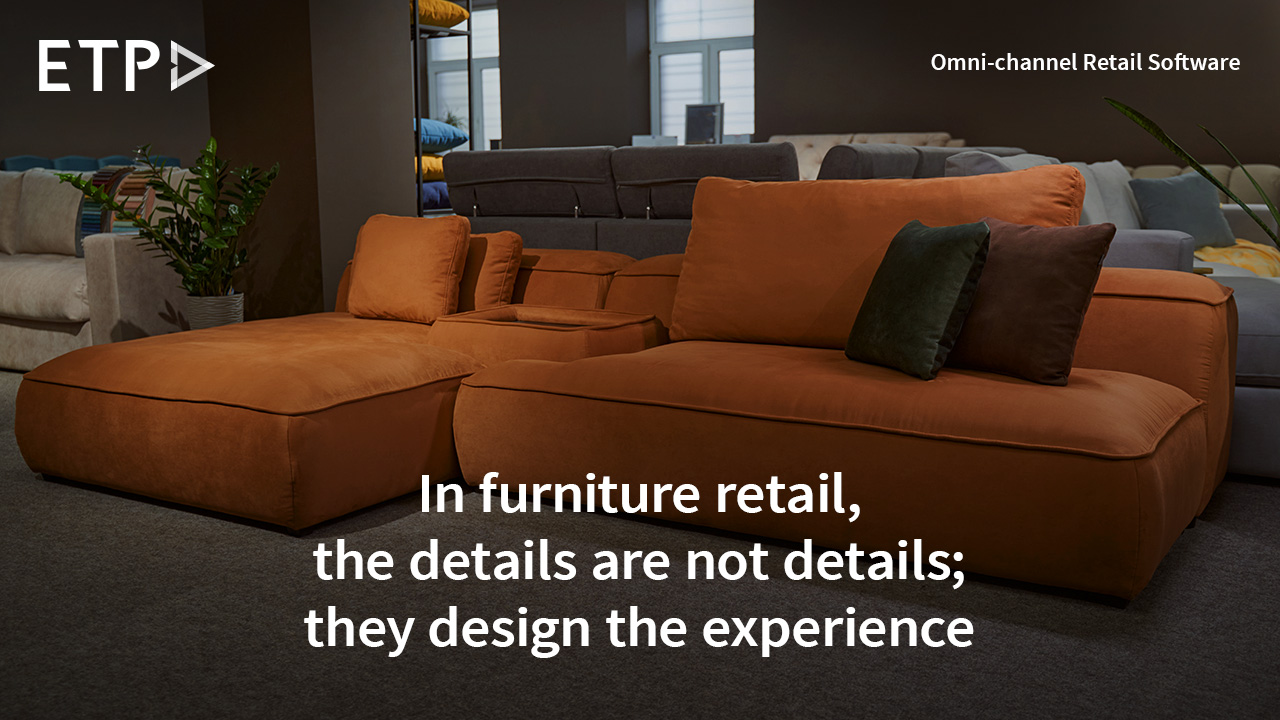

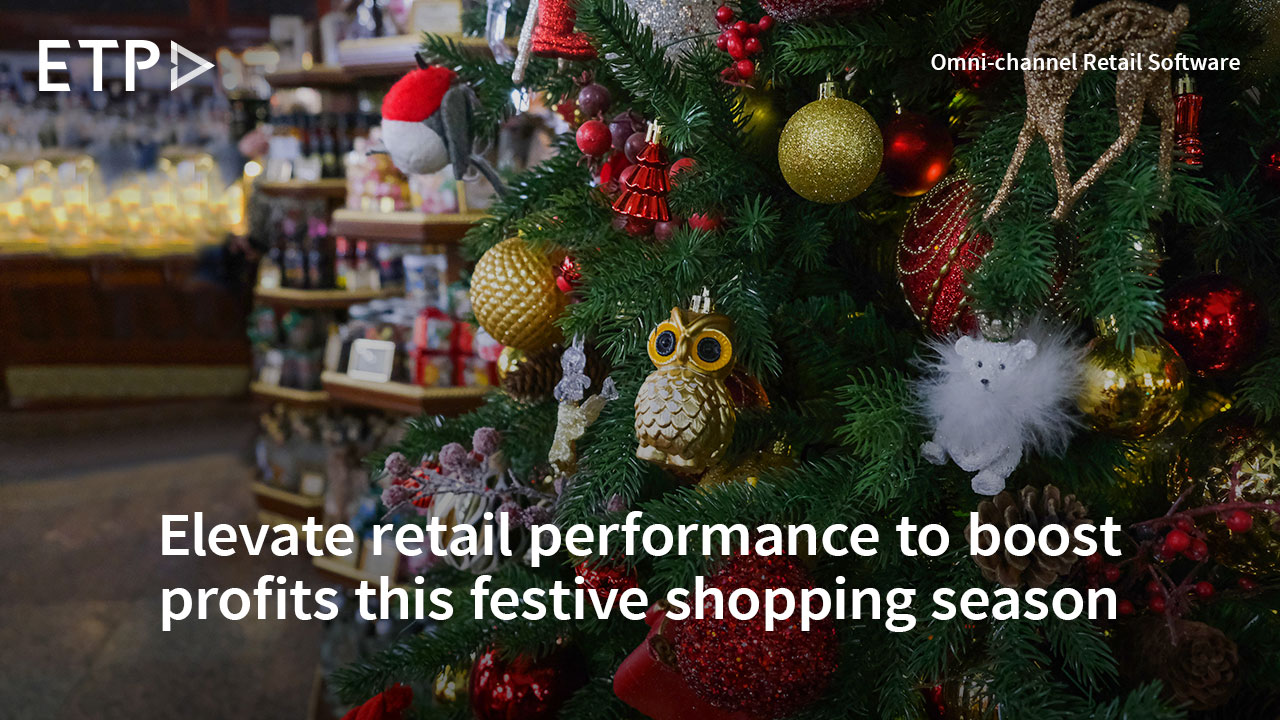
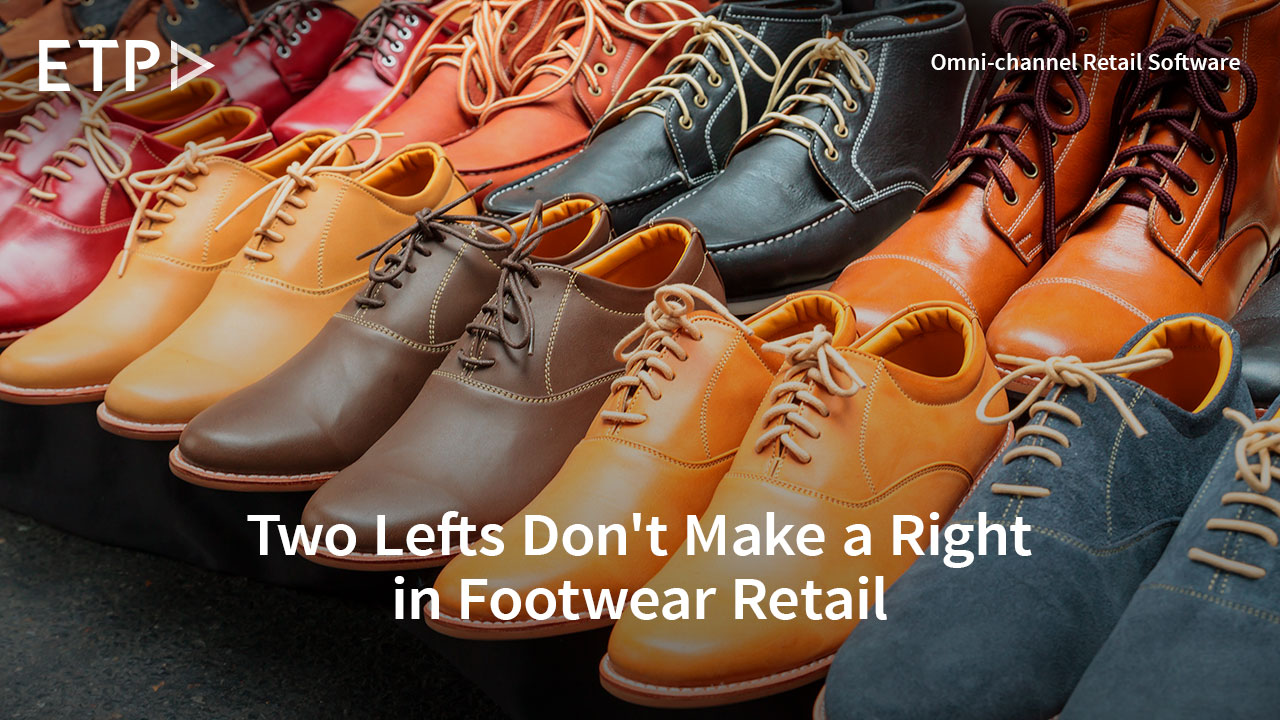


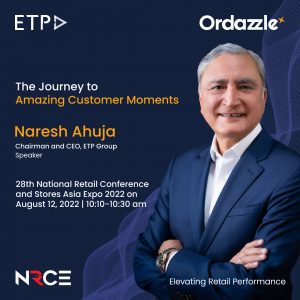 At #NRCE2022, Mr. Naresh Ahuja, Chairman & CEO, ETP Group will be speaking about ‘The Journey to Amazing Customer Moments’. Catch this stimulating presentation at 10:10 am on Day 2 of the event at Main Stage 1.
At #NRCE2022, Mr. Naresh Ahuja, Chairman & CEO, ETP Group will be speaking about ‘The Journey to Amazing Customer Moments’. Catch this stimulating presentation at 10:10 am on Day 2 of the event at Main Stage 1.